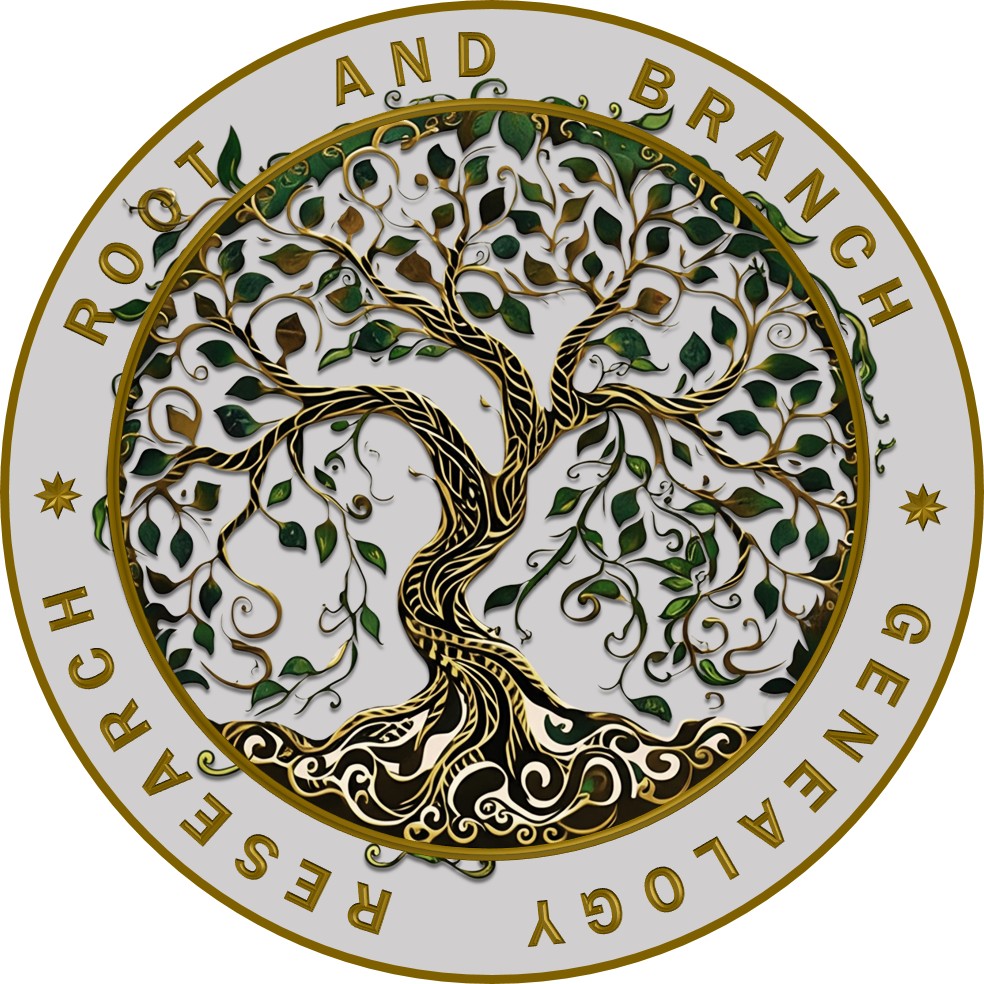Ancestor tracing is the process of identifying and documenting the individuals from whom a person descends, moving backward generation by generation. Tracing your ancestors is like stepping into a time machine, one name and story at a time. It usually begins with what you already know – your parents, grandparents, maybe even a few old family records – and then builds from there using primary sources like birth and death certificates, marriage records, wills, land deeds, and census data. There might be roadblocks along the way, like missing records or confusing name changes, but those challenges often lead to the most interesting discoveries. Sometimes an old document or a forgotten journal opens up a whole new chapter in your family’s story. It’s a mix of detective work and storytelling, and as you piece it together, you’re not just building a tree—you’re giving voice to the lives that led to yours.
As the search goes further into the past, records may become scarcer or harder to interpret, requiring the use of alternative sources like church registers, military documents, immigration papers, or historical maps. Contextual knowledge—such as naming customs, migration patterns, and regional history—often plays a key role in piecing together more distant branches.
These are all reasons why hiring a genealogy research service such as Root and Branch can be beneficial in achieving your goal to establish a well-documented lineage that connects the present to the past with accuracy and historical context.
